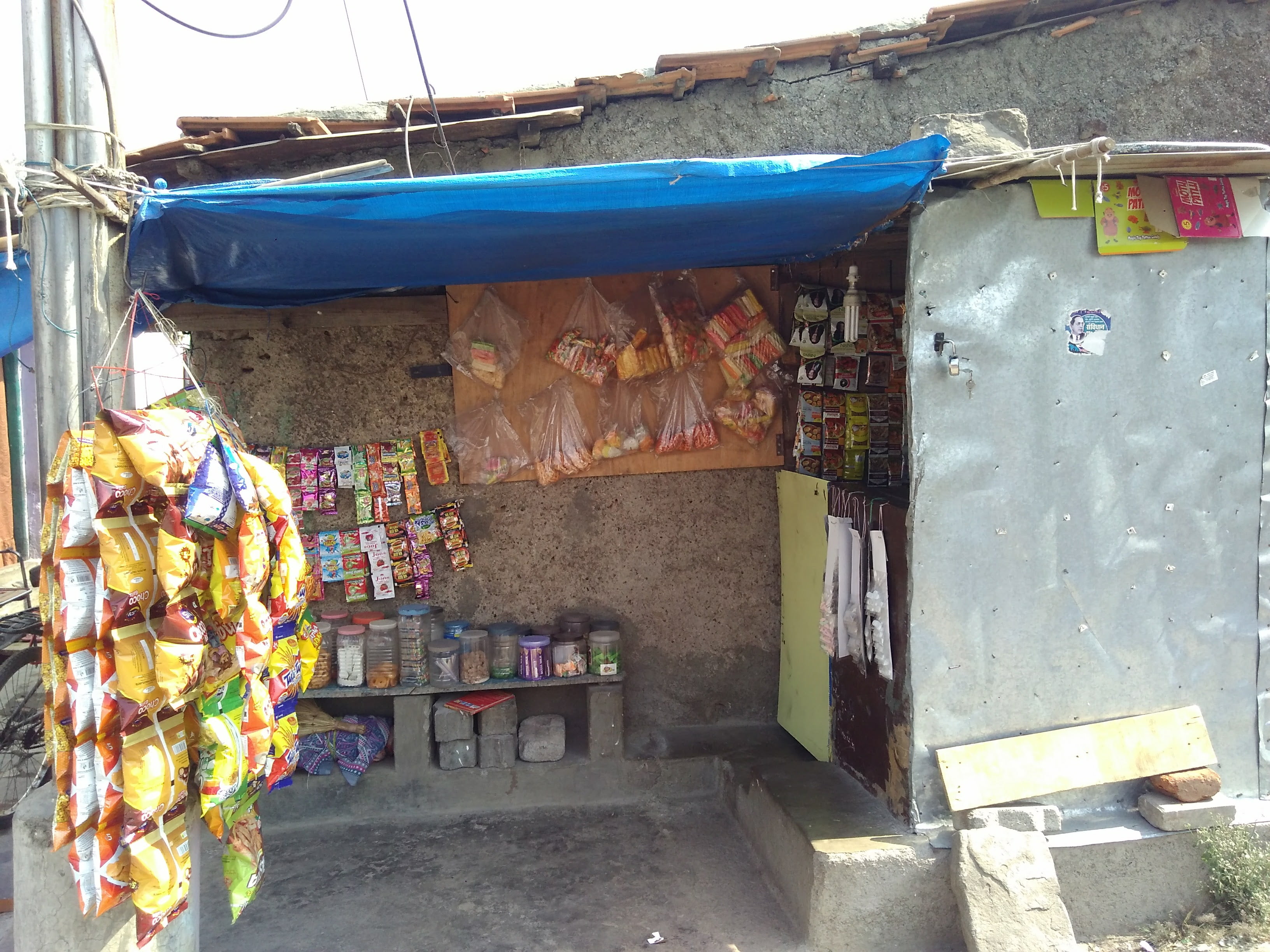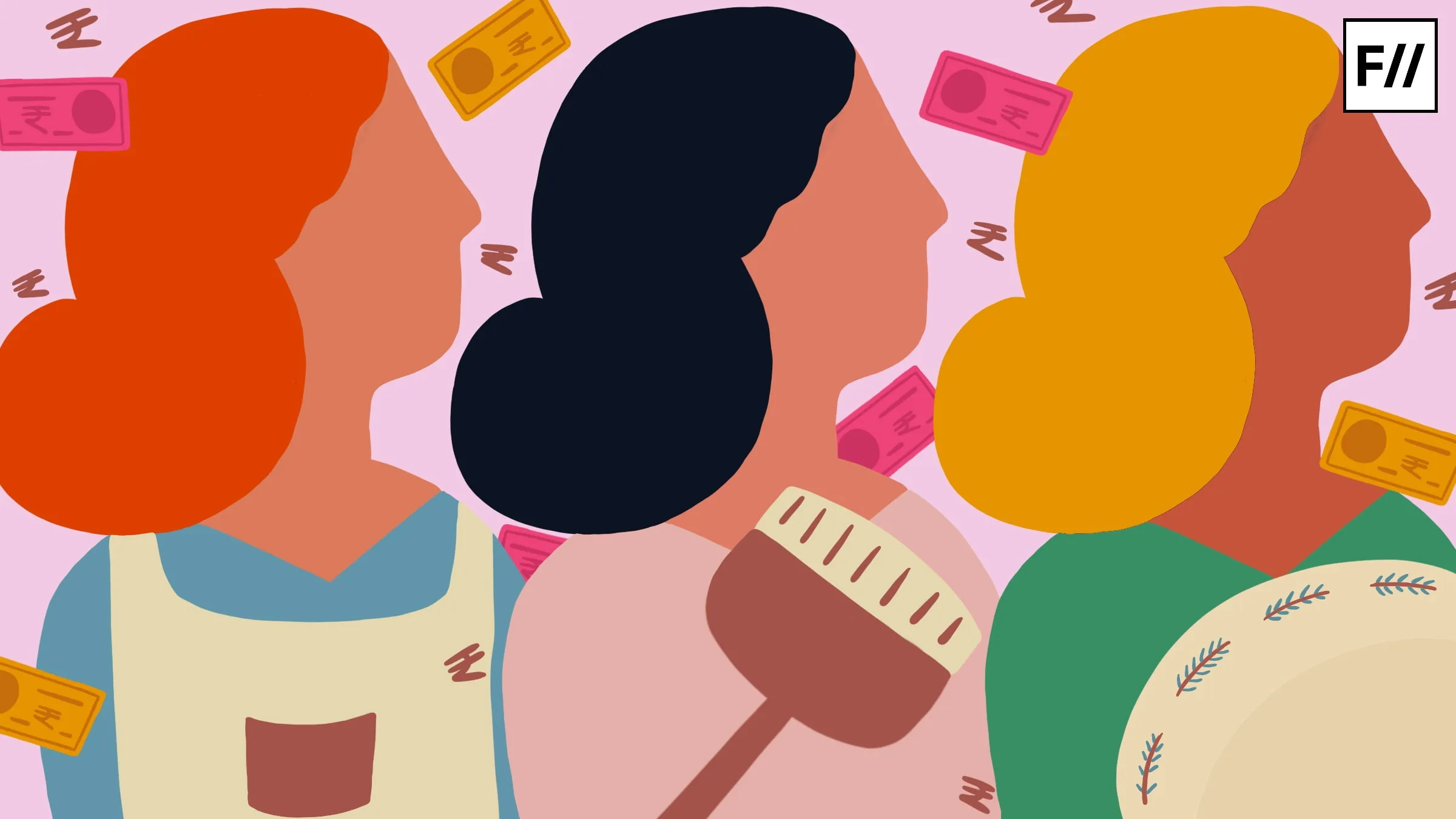Posted by Ayushree Nandan
Dapodi, a neighbourhood town near Pune, India, is known for harbouring splendid Maharashtrian festivals, an age-old university for Military Engineering rooted in the academic history of the city, and populous low-income communities of residents comprising both locals and migrants. Across a symmetrical row of shops, sits
“I wanted to study further but had to drop out of fifth grade”, said
Several communities of Khadki, Bopodi, and Dapodi witness women from all age-groups involved in labour, shops, domestic service, embroidery, cooking, making and selling dabbas, and various pink collar jobs on an everyday basis.
As 63% of women like
Also read: What Rural Women Can Teach Others About Finance And Innovation
Despite the women in low-income families having regular jobs, they have also been interestingly found out to have struggled with getting an education, a tool which is perceived to be equated with the working status of women today. 71% of women have been reported to drop out of schools, thus not going beyond middle and high school education.
Despite the women in low-income families having regular jobs, they have also been interestingly found out to have struggled with getting an education
The history of gender roles and biases has never shied away from pointing at a widely discussed pattern of discrimination as we see it today. However, Tabassum Shaikh an 11-year-old girl from Khadki readily creates a narrative for several girls from
Intersectionality in politics goes beyond the matter of equity in education and career opportunities. Popular culture is growing into producing several artists like Lilly Singh and Koval Bhatia who have countered the age-long conditioning of genders. They have also accelerated many campaigns for combating the same in society. One of the globally empowering campaigns is ‘Me Too’, a movement against sexual harassment and sexual assault. Many women from close to 14 areas in the socio-economic frame of the country like Indian politics, education, entertainment, media, law, corporate, and art have been reportedly impacted by the huge wave of feminist narrative created by the movement.
Amidst the funnel of accomplishments and struggles faced by women involved in the #MeToo row, sits an unsettling layer of proletarians. They may have been part of the bigger movement but are hard to be traced between the lines of the total number of complaints filed during the campaign. 97% of women from low-income families have witnessed and shared issues of sexual harassment. However, due to lack of access to information, such cases were never reported or shown a part of the movement at a socially recognised platform.
Also read: How Has The #MeToo Movement Affected The Lives Of Bengaluru Working Class Women?
Working class feminism continues struggling to get an equitable share of the broader vision for equality. On Monday evenings, Tabassum is often found making hopscotch in one of the narrow lanes near her one-roomed residence while her mother is away working for a middle-class family near Khadki. She hops across the closed ends of intersectionality on the street, in the hope she will retrieve what she struggles for one day.
References
- New Statesman
- Gain
- Working Class Feminism: A Consideration of the Consequences of Employment by Myra Marx Ferree
- New N
- Gender Inequality and Women Discrimination by Shastri Andrey
- First Post
- Feminism in Popular Culture by Moseley Rachel
- The Wire
- The reports derived for stats around women and girls from the working class section are based on an on-ground survey conducted among 70 women from the communities of Khadki, Dapodi, and Bopodi. The arguments for the perception of
working class women is, along with the secondary research, backed by primary data based on a survey conducted among 20 middle-class women who are currently working or have worked in the past. Raw data available upon request.
Ayushree is an independent writer who reports on people, places, culture, food, and intersectionality. She has also worked closely with education and people management. You can follow her on Instagram, Twitter, and Medium.
About the author(s)
Guest Writers are writers who occasionally write on FII.





Excellent approach ??